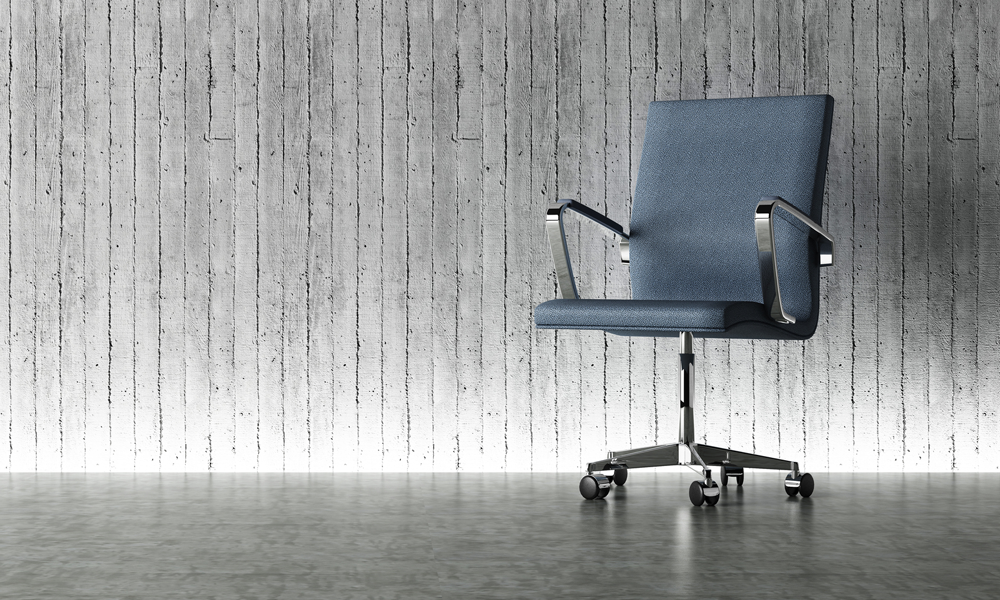
How to Help Board Chairs Lead
A recent study says nonprofit board chairs are often ill-prepared and frustrated. Training can help, says an expert. So can shared leadership.
With board service, as with most things, preparation matters. Nonprofit volunteers have varied backgrounds, and they aren’t expected to come in knowing everything about strategy-setting, bylaws, and budgeting. But at the very least, they ought to be versed in the importance of those things—and, if you happen to be the board chair, have the capacity to bring your fellow leaders around to that understanding.
By one measure, though, that isn’t happening as much as one would hope.
According to “Voices of Board Chairs,” a recent study by the Alliance for Nonprofit Management, 51 percent of nonprofit board chairs said they had no particular leadership training before taking the reins. Moreover, less than two-thirds of the respondents (64 percent) identified keeping the board’s strategic focus as one of the top three duties as board chair. Small wonder that 70 percent of those chairs say they sometimes feel frustrated in their role, and 9 percent say they often do.
AssociationsNow.com’s Ernie Smith reported on some of the findings of the report last month. But for a deeper dive into some to the issues that the study surfaced, I spoke with Judy Freiwirth, principal of Nonprofit Solutions Associates and the head researcher of the report. Freiwirth, too, finds board chair’s relative disengagement with strategy troubling—and says the disengagement is widespread.
Board chairs did not understand their role to be one that helped the board engage with the communities they serve.
“The question that was raised for us is, how are board chairs perceiving their role?” she says. “Is it only to lead the board meetings? Sixty-four percent [prioritizing strategy-setting] is relatively low. An even more interesting finding is that board chairs did not understand their role to be one that helped the board engage with the communities they serve or play a role in advocacy. Community engagement and advocacy are clearly governance responsibilities which board chairs have a role in leading.”
That said, Freiwirth cautions not to read too much into the amount of frustration expressed by so many board chairs—after all, large majorities of respondents feel competent, supported, and confident, and even the best-equipped chairs feel frustrated sometimes. That said, there’s clearly a preparation gap. “The data suggests that current and incoming board chairs would greatly benefit from specific training, mentoring, coaching, and other peer support to help them prepare for being a board chair,” she says.
So if there’s a problem with preparation—which in turn leads to problems with execution—what can help get boards back on track? Advance education is important, of course, but just because you’ve thrust a stack of articles at your board chair, there’s no guarantee that he or she will necessarily read them; governance consultants can help, so long as the board is engaged in the process. Freiwirth sees a need for some back-to-basics skills about running the show for starters: “How do you effectively facilitate a meeting? How do you engage with stakeholders? How do you provide a shared vision? How do you help the board move into strategic and generative discussions? All of those kinds of things would certainly help,” she says.
But beyond that, the report recommends that nonprofits consider moving the board away from a one-person model of board leadership, to one that distributes those leadership responsibilities. Some research, according to Freiwirth, suggests that such an approach can improve productivity—and also offer some on-the-job training to those lower on the leadership ladder. This would be a radical shift for nonprofit board leadership—only 8 percent of respondents in the survey said their organization had such a structure, and in many organizations the culture of “it’s my turn” is so entrenched that it’d be hard to shift. But given the kind of lassitude about leadership revealed by the survey, Freiwirth suggests it’s worth a try.
“The traditional ‘heroic’ model of leadership is for the board chair to hold all of the leadership responsibility as one individual,” she says. “However, what we suggest in our recommendations is that boards consider sharing the leadership responsibility among the members of the board. Research suggests that shared leadership produces higher quality governance decisions and should be considered by boards.”
Would a shared leadership model work for your board? If not, what do you do to ensure that your leaders are well-equipped to handled the responsibilities of the board-chair role? Share your experiences in the comments.
(iStock/Thinkstock)






Comments